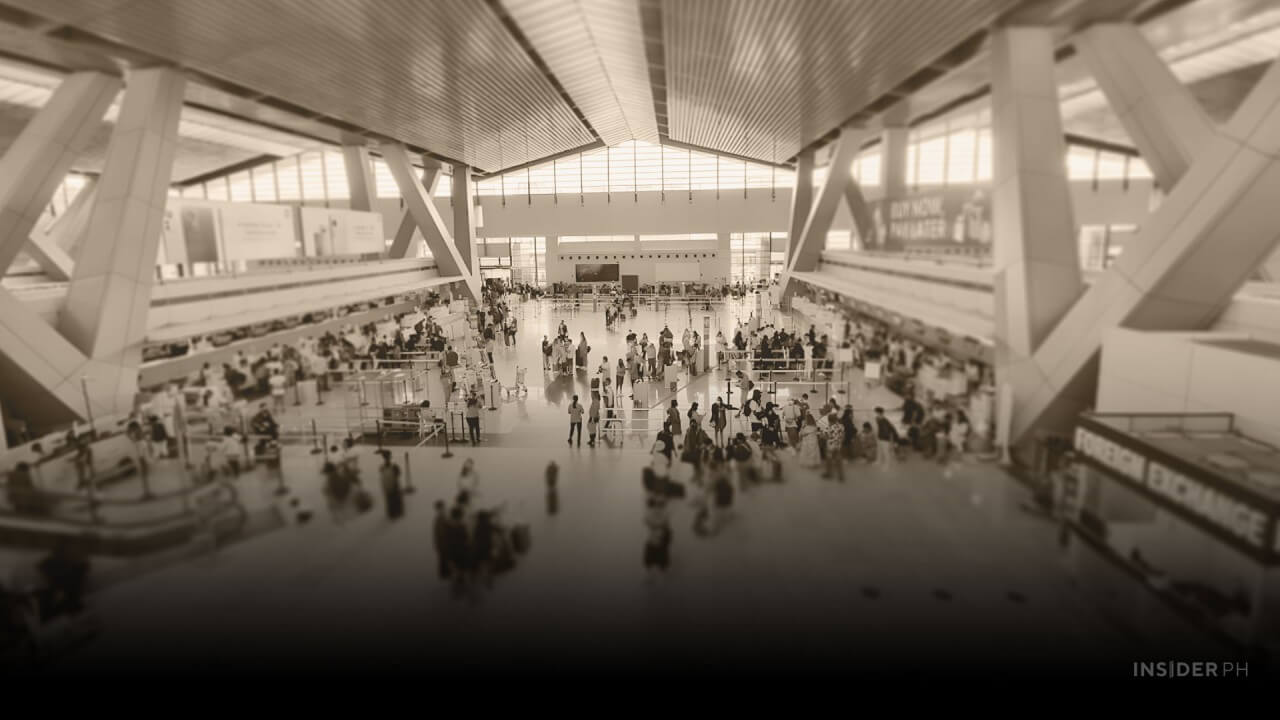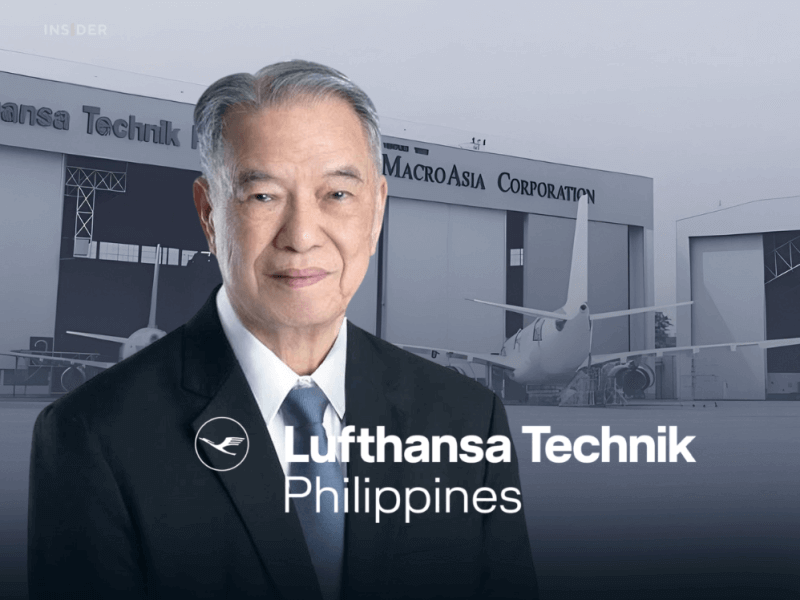

But after being deferred for 12 months, there’s no more avoiding the reality that these fees must rise, and the flying public should brace for it.
Beginning September 2025, the PSC, commonly known as the "terminal fee," will rise from P550 to P950 for international departures and from P200 to P390 for domestic departures. These adjustments, the first since 2000, are long overdue.
A two-decade freeze amid rising costs
In the 25 years since the last PSC adjustment, virtually every cost associated with running an airport has surged, foremost among them security, utilities, facilities maintenance, and staffing. Yet, NAIA’s terminal fees have been frozen at rates set in a very different era, when passenger volume was significantly lower and infrastructure decay had not yet reached critical levels.
For comparison, NAIA’s current international PSC of P550 is lower than what passengers pay at provincial airports such as Cebu (P1,030), Davao (P900), Iloilo (P900), and even Clark (P750).
When the new rates take effect, NAIA will still be within the pricing range of its local peers. And regionally, it will remain among the most affordable. Fees at airports like Singapore Changi, Tokyo Haneda, Bangkok Suvarnabhumi, and Kuala Lumpur International range from P894 to over P2,600.
Necessary investment for a broken gateway
The outrage over rising fees tends to follow a familiar pattern: “Why pay more when the airport’s still a mess?” It’s a fair question, until one considers that significant improvements have already been initiated since the private operator, San Miguel Corp.-led New NAIA Infra Corp. (NNIC), took over.
Within the first year of the transition, NNIC begun modernization work, despite not having collected a single centavo in the form of increased PSC.
And contrary to public perception, this fee hike is not a sudden imposition by the operator. The adjustment was built into the original concession agreement reviewed and approved by the Philippine government during the privatization process.
Any successful bidder—not just NNIC—would have followed the same rate schedule.
More importantly, this increase is essential to funding the rehabilitation and long-term improvement of NAIA. For decades, the airport has suffered from neglect, with patchwork repairs masking systemic inefficiencies. Now that modernization is underway, the resources to fund it must follow.
Shared responsibility: Travelers and the state
Airports do not run on goodwill. They require sustained capital for upkeep, expansion, and technological upgrades. While government subsidies and private investment can shoulder part of the burden, travelers themselves must contribute through user fees.
The PSC serves exactly this function. It helps cover the costs of services and infrastructure that directly affect passenger experience—security checks, clean terminals, working restrooms, functional baggage systems, and air conditioning that doesn’t break down mid-July. These are not luxuries. They are the baseline expectations in a modern air travel hub.
Critics will argue that the timing is poor, or that private operators should bear the full cost. That is neither feasible nor fair. Modern airport concessions are structured to share both risk and reward between the private sector and the public. Without the fee increase, there is no realistic way to fund a complete transformation of NAIA.
Preparing the public, managing expectations
The government and NNIC must now focus on communication and transparency. The PSC hike, though necessary, will come with scrutiny. A clear timeline of improvements, measurable service benchmarks, and visible changes in passenger experience must accompany the new rates.
Travelers may not like paying more, but they will tolerate it if they see actual results—faster check-ins, cleaner terminals, better signage, reliable baggage handling, and fewer flight delays. These are the things that matter, and they will require more than just wishful thinking and minimal funding.
There is also a broader issue of travel culture. For years, Filipinos have been conditioned to expect subpar airport conditions for bargain-level prices. That expectation must change. Just as travelers accept that newer airlines charge more for fuel-efficient planes and better service, they must also accept that a modern airport comes with a cost.
The bottom line
The increase in NAIA’s terminal fees is not a penalty but a step toward long-overdue modernization. For too long, the country’s main gateway has been operating on threadbare resources, delivering inconsistent service to tens of millions of passengers each year.
If the Philippines wants an airport that reflects its economic ambitions, the flying public must be prepared to help pay for it.
Yes, the PSC hike is a bit of a burden. But it is, more importantly, an investment—one that is absolutely necessary.

Senior Reporter

